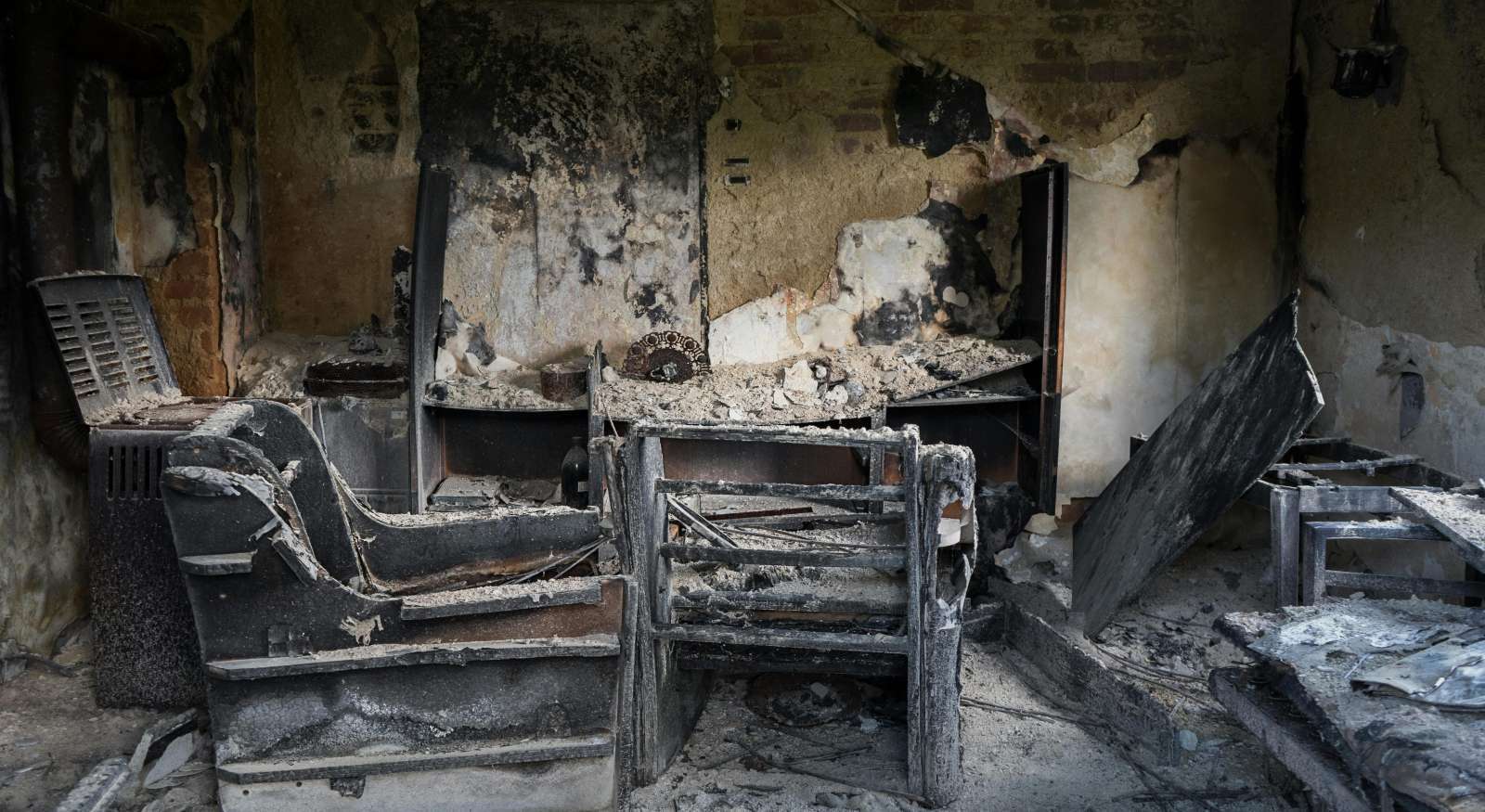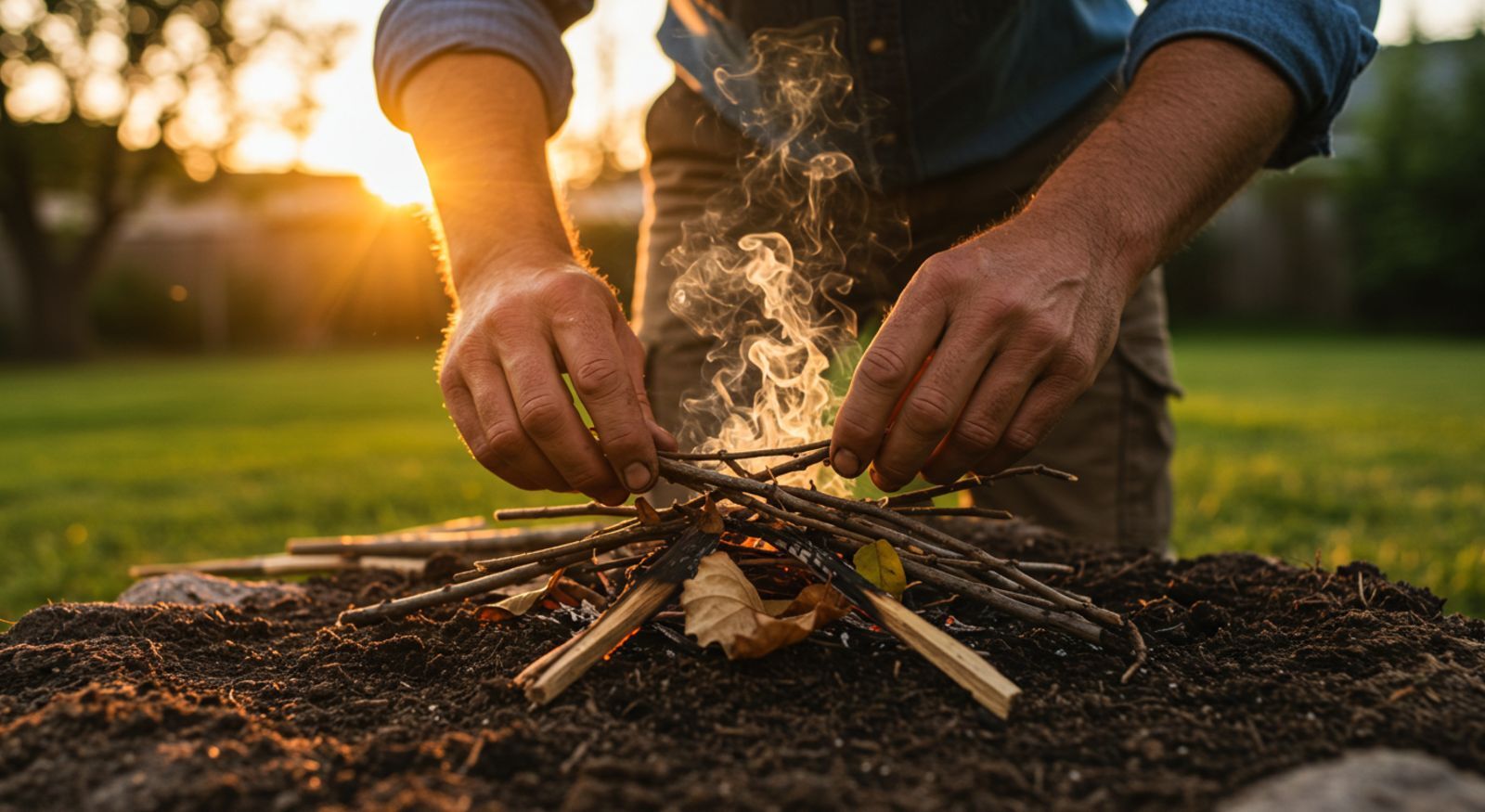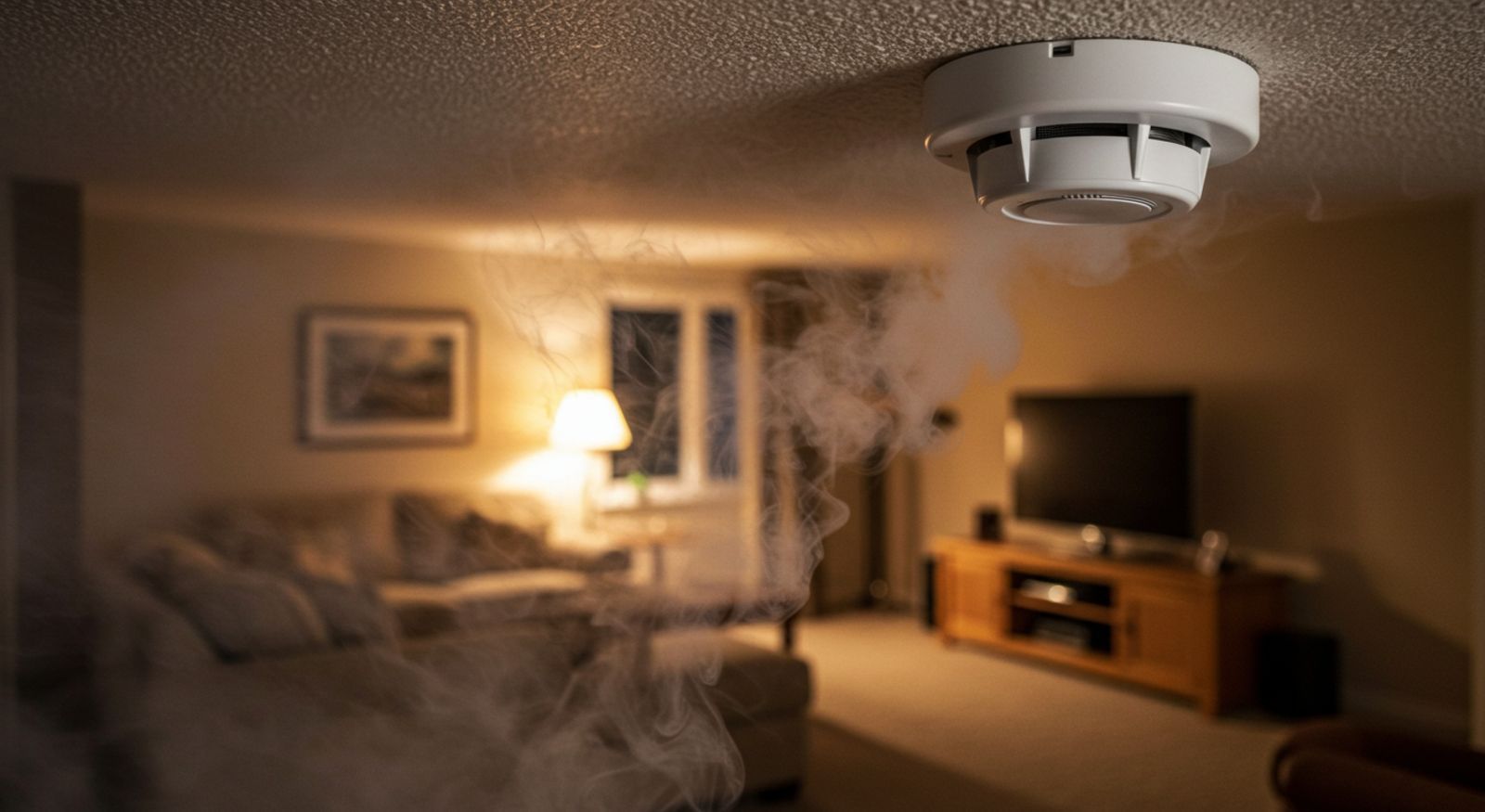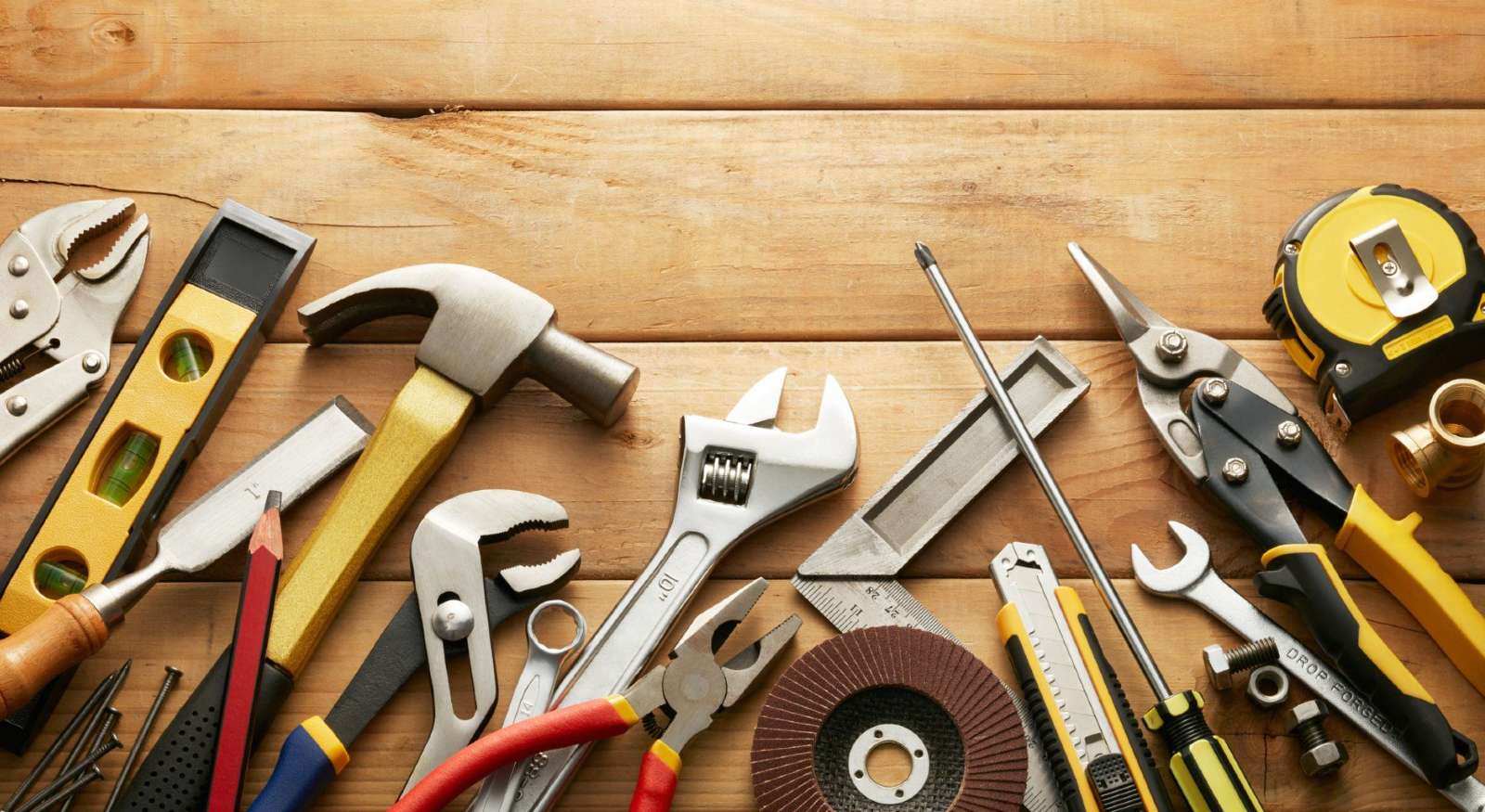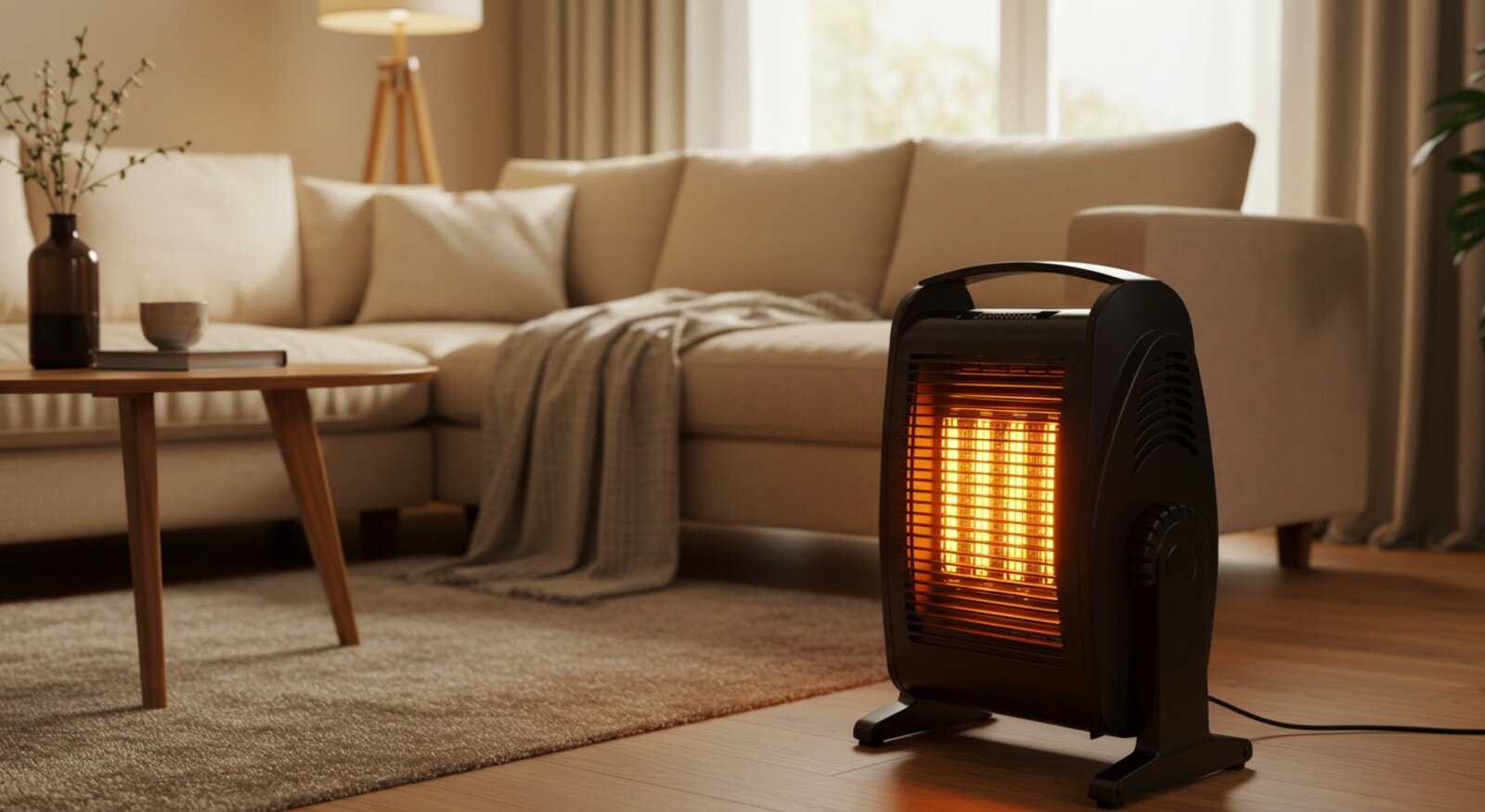Cooking fire safety: What to do during a kitchen fire
September 23rd, 2024
4 min read

Imagine this scenario: A small fire breaks out in your kitchen, and suddenly, the room is in flames. The Fire Department is called, and you are left with a damp, ashy, and smoky mess. This case may seem far-fetched, but what if it happens? Do you know what to do? Knowing how to react in this situation is essential because, according to the U.S. Fire Administration, cooking fires are the leading cause of household fires.
Thankfully, with expertise built upon over 50 years of combined experience in the restoration industry, we at Restore-It know precisely how to handle a cooking fire. And guess what? We will teach you all about it.
Today, we will discuss what actions you should take in order to deal with cooking fires safely. So, come with us on this educational journey and get ready to learn everything you need to know when there is a fire in your kitchen.
The do’s and don’ts during a cooking fire
If a fire breaks out in your kitchen, you can take some actions to prevent the damage from extending further. Depending on where the fire originated as well as what caused it, here are some actions you can take:
When you have a grease fire
Due to how fast they can spread and how hard they are to control, grease fires are the most dangerous. If you find yourself in this scenario, here are some suggestions on how to deal with it:
What NOT do
- Do not use water to extinguish the flames. Water will only cause the oil to splatter everywhere, spreading the fire faster.
- Do not move the pan. If the fire is contained in a pot or pan, moving the object can cause oil to spill.
- If you extinguish the fire with a lid, do not remove it until it is cool. The oil can reignite in the presence of oxygen.
- Do not try to put it out with flour, baking powder, or sugar. These powdered materials can cause an explosion, putting your safety at risk.
What to do
- Turn off the heat.
- Cover the flames with a metal lid or sheet pan and leave it until completely cooled. Don’t use a glass lid, as the fire can shatter it.
- If it is a small fire, drown it with a lot of baking soda or salt.
- You can also use a class B or K fire extinguisher, but only if the fire is small and manageable. The National Fire Protection Association (NFPA) recommends these types of extinguishers for grease, oils, and animal or vegetable fats in cooking fires.
- The NFPA suggests using the PASS method to operate a fire extinguisher:
- Pull the pin. Hold the extinguisher, point the nozzle away from you, and release the locking mechanism.
- Aim low. Point the extinguisher at the base of the fire.
- Squeeze the lever slowly and evenly.
- Sweep the nozzle from side to side.
When you have a stovetop fire
This type of fire can be caused by overheated food that catches fire, sometimes from crumbs and materials around the heating area.
What NOT to do
- Do not ever put flour on a fire. This seemingly safe ingredient can turn hazardous during a fire and provoke an explosion.
- Do not use water if grease is present. As mentioned, this can cause the oil to splash.
What to do

- Turn off the burner immediately to stop the heat source.
- Pour baking soda on the flames, but only if they are small and you have a lot of this ingredient, as you would need to smother them.
- Use a fire blanket or metal lid to cover the flames.
- Use a class K fire extinguisher to put out the fire.
When you have a fire in your oven
Ovens are great for making all sorts of meals, including pastries. However, improper use can lead to a cooking fire. Here is how to act if this ever happens to you:
What NOT to do
- Do not try to put out the fire with water.
- Do not remove burning containers. You can get hurt and spread the fire.
What to do

- Turn the oven off immediately.
- Leave the door closed. Keeping the door closed can suffocate the flames.
- Open it only after the oven has cooled. Even if the fire is out, you should wait for it to cool, as some ingredients can reignite in the presence of oxygen.
- Use a class B or class K fire extinguisher, only if the fire is small.
When you have a fire in your microwave oven
Whether heating food or cooking, ovens and microwave ovens are incredibly convenient. However, if an unexpected fire happens, then here are some recommendations:
What NOT to do
- Do not try to remove burning containers.
- Do not use water to extinguish the fire, as it can be particularly hazardous around electrical appliances such as microwaves
What to do

- Turn it off or pause the cooking cycle.
- Unplug it.
- Leave the door closed.
- Wait until the microwave has cooled down. Even if the fire is out, opening it while it's still hot can reignite the flames.
- Use a class C fire extinguisher if the fire is small.
What to do when the fire is not manageable
If anything fails and the fire spreads and becomes unmanageable, the number one thing to do is to prioritize your and your family's safety. Here is what we recommend:
- Alert others of the fire. Don't wait for the fire to spread; tell others to evacuate as a precaution.
- Close the door if the fire has spread. This will prevent the fire from extending outside the kitchen room (at least temporarily).
- Evacuate immediately. The NFPA recommends having an escape plan and making drills with your family in a simulated scenario at least twice a year.
- Prioritize the elderly and children when evacuating. A 10-year study by the U.S. Fire Administration showed that people ages 65-74 have a 2.3 times greater risk of dying in a fire.
- Call 911 once you have evacuated.
 Remember to only call 911 once you are at a safe distance from the fire. Tell the responders about any pets or people left in the building.
Remember to only call 911 once you are at a safe distance from the fire. Tell the responders about any pets or people left in the building.
After the cooking fire: cleaning and recovery
Once the fire is put out, you will have a new challenge to face: dealing with the aftermath. While fire extinguishers are great, they can also contaminate the area. Soot and smoke can also have lasting effects on your health. If you call the fire department, you will be left with water damage in your home. To help you deal with this situation, here is a list of things you can do:
- Wait for clearance. Ensure the Fire Department has confirmed it's safe to re-enter your home.
- Ventilate the area. Open windows and doors, unless they are boarded or tarped up, to help remove smoke and improve air quality.
- Call your insurance company. Explain what happened and file an insurance claim to start the restoration process.
- Document the damage. You can speed up your insurance claim by taking pictures before the cleaning starts.
- Call a professional restoration company. They can safely handle cleaning, repairs, and removing smoke odors.
Due to their commonness, it is important to know what to do in case you find yourself with a cooking fire. Thankfully, as we have shown, there are several actions you can take to prevent the damage from extending further and also safeguard your and your loved ones' lives. Now that we have taught you all you need to do in case of a cooking fire, your next action should be to learn more about how we at Restore-It restore fire-damaged houses.
Topics:





